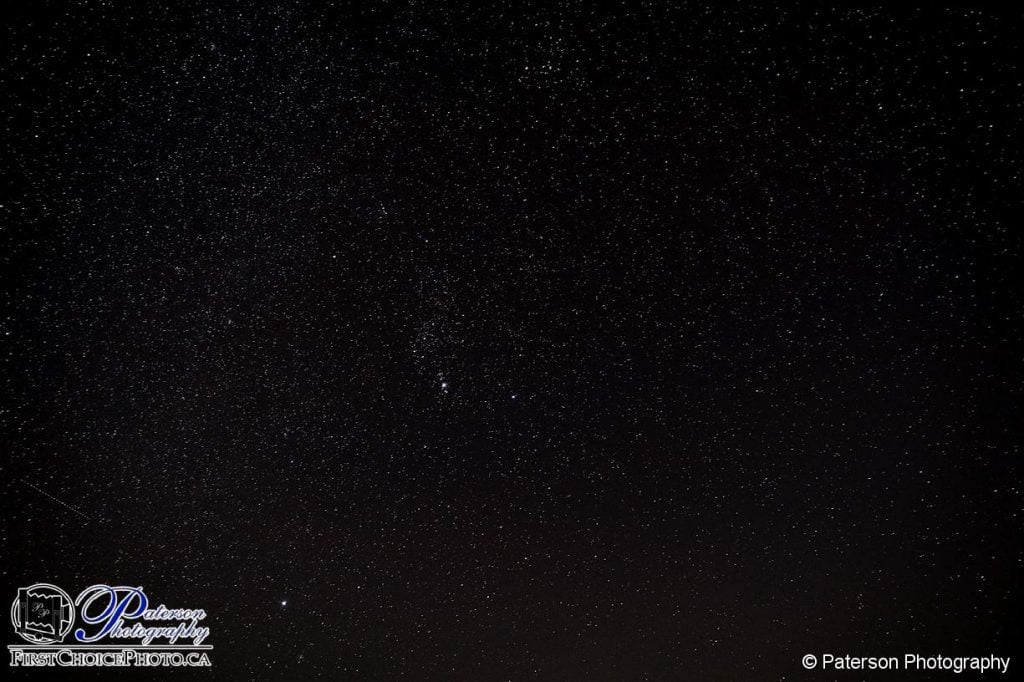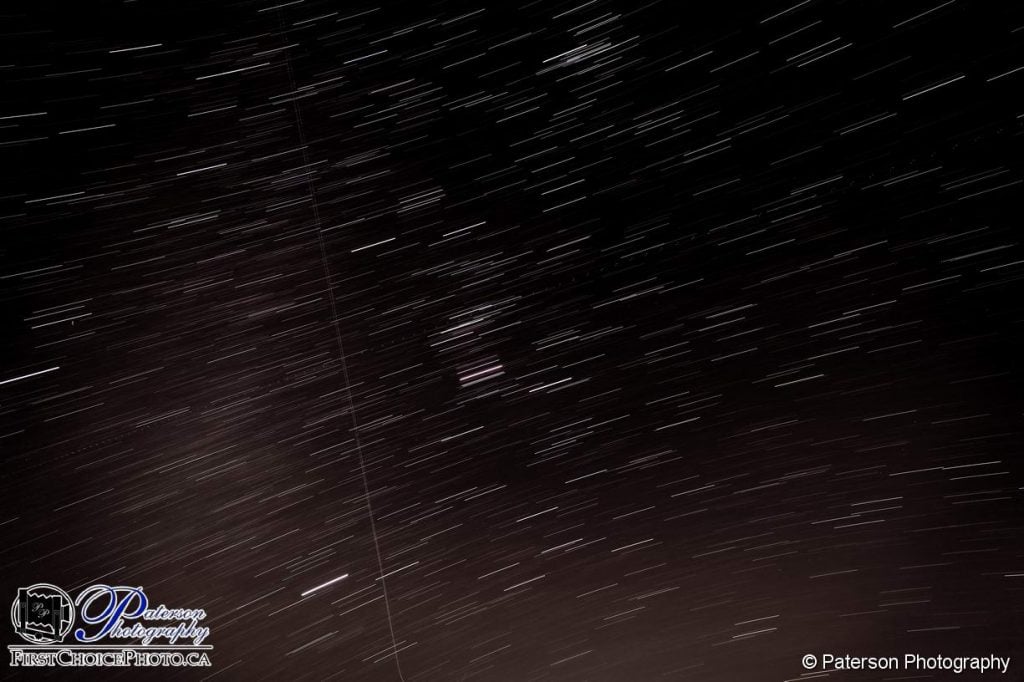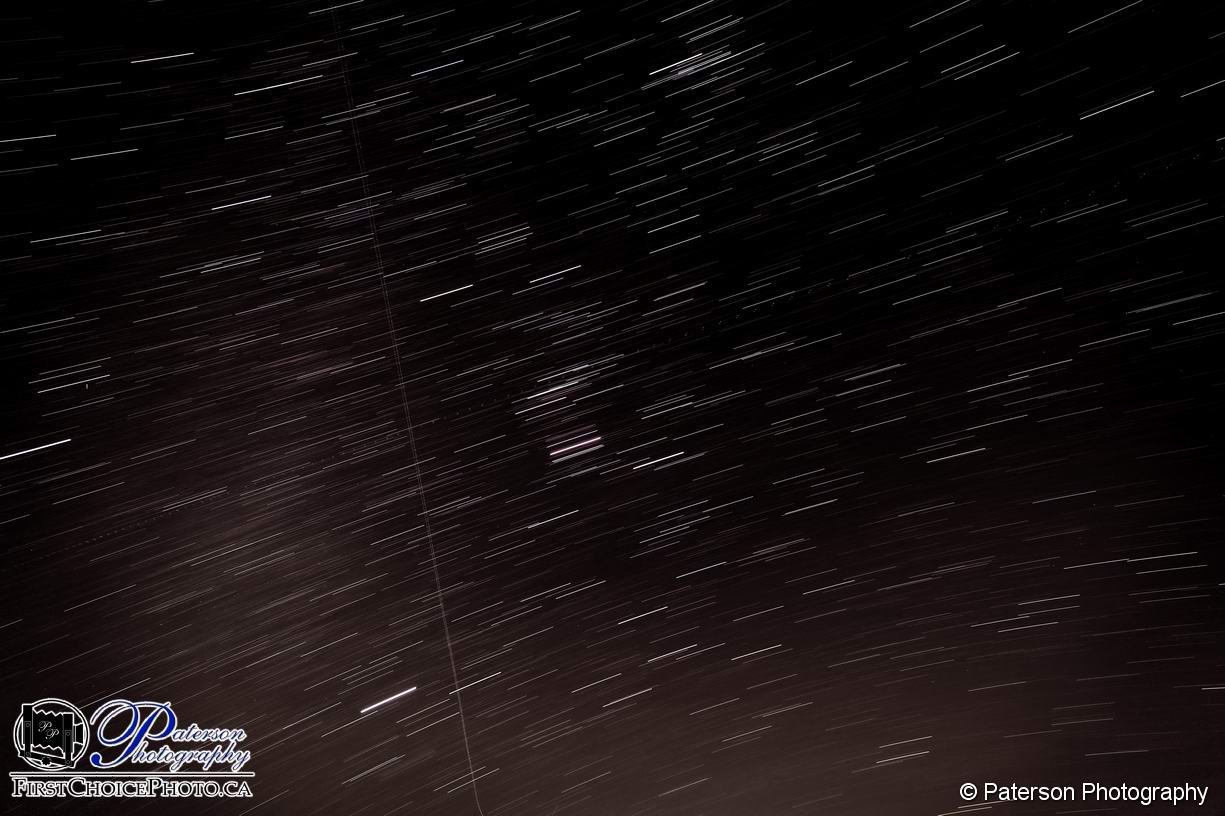Astro photography made easy
For those that like to do or would like to try astro photography and are trying to not have star trails there is a rule that you should know.
This also works for your northern light photography so you don’t get star trails.
By using this rule you will eliminate having stars move in your images making them look out of focus.
Astro Photography Rule
The rule is as follows, you take the millimeters of the lens that you are shooting and divide it into either 500 or 600 (See below for the differences).
The resulting number will give you the maximum number of seconds that you can expose the shot for before you will see star trails.
So why either 500 or 600?
Well for years I have used 600 and I was happy. Lately I have been doing some more tests and have found under extreme magnification that I am getting some slight movement. There could be a few reasons for this but I am leaning to the 500 at this point to see if this will be even sharper or if there is a real difference. The following calculations are done using 600 but if you want to use 500 just use that number instead of the 600. I will keep testing and let you know if there is a difference.

All things equal
Now this is assuming that you are using a steady tripod and that you have your ISO set correctly. But the good thing is that it will give you a starting point to know where the line is between getting tack sharp stars and star movement.
One note: you need to work with the 35mm equivalent lens size.
So how does it work?
Full Frame Sensors for astro photography
On full frame cameras (cameras with full frame sensors) you would do the following:
Lens – 50mm
600/50 = 12 So you could shoot at a shutter speed up to 12 seconds before you will see star movement.
Or for a 24mm lens
600/24 = 25 So you can expose for 25 seconds

Astro photography with APS Sized Sensors
On a camera that has an APS size sensor with a 1.6 conversion ratio you would do the following
Lens – 50mm
50 x 1.6 = 80
600/80 = 7.5 So you could shoot up to 8.6 seconds before you would see star trails
Or for a 24 mm
24 x 1.6 = 38.4
600/38.4 = 15 So you could expose for 15 seconds before you would see star trails

